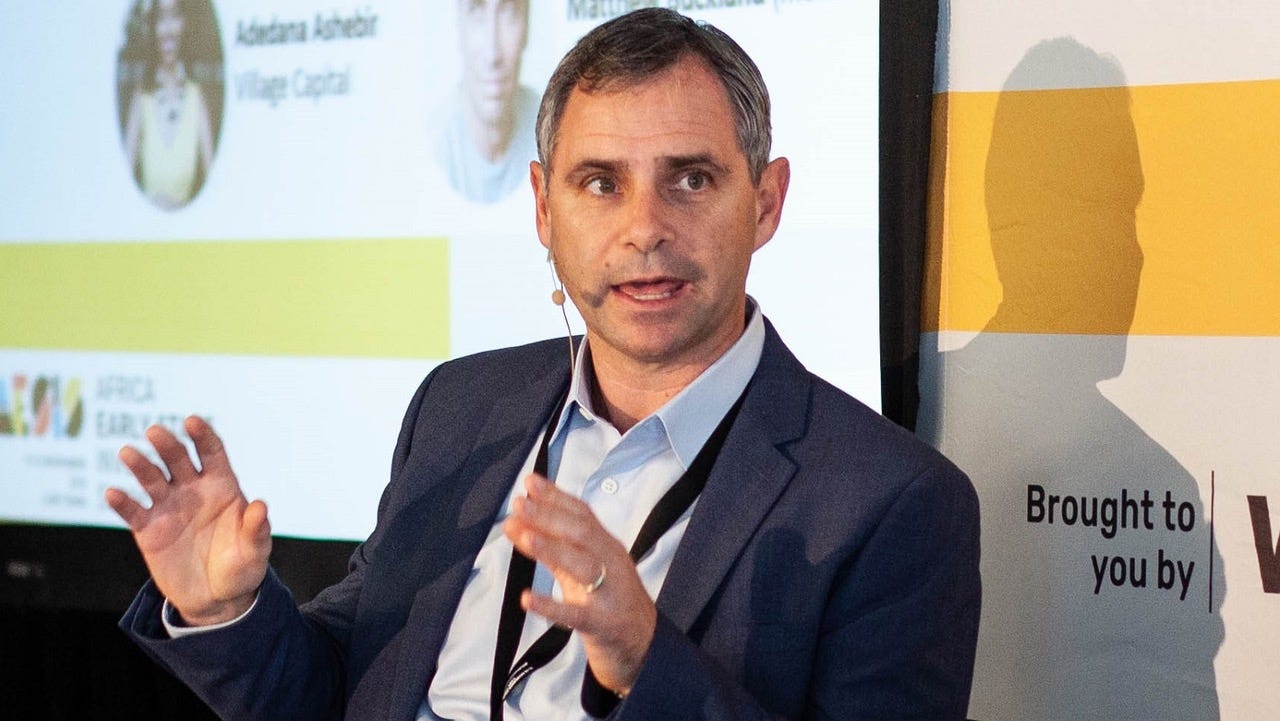Being an immigrant myself, I would like to see the world having more open borders and being more accepting of refugees and displaced people.
I had the pleasure of interviewing Craig Mullett, President of Branison Group, an M&A advisory firm based near New York City. Craig was previously Director of Corporate Development for Amphenol Corporation (at the time a KKR portfolio company) and following this he was a non-executive director of Volex Group. In South Africa, Craig founded and sold HomeWorths and qualified as a Chartered Accountant with Deloitte. Craig is also an active angel investor as a Director of the Angel Investor Forum, part of the Angel Capital Association. Craig is a founder of AngelHub, Africa’s first angel group and helped in establishing SA Business Angels Network as well as Trident Angels, the first Caribbean angel group. He has many active seed stage investments that include artificial intelligence, cloud computing software, mobile digital security, consumer goods and medical devices. Craig has been interviewed on startup investing by the New York Times, Forbes, Financial Mail and Inc. He is a start-up mentor at the Center for Innovative Thinking at Yale University and has an MBA from Nyenrode (Netherlands), a BCom(Hons) from the University of Cape Town (South Africa) and is a graduate of the International Leadership Academy of the United Nations (Jordan).
Thank you so much for joining us! What is your “backstory”?
AAA and AAA — a global background of being an Anglo American African who is now an Angel (investor) Advisor (on M&A) Activist (on social issues).
Can you share a story of your most successful Angel or VC investment? What was its lesson?
I recently had a very successful exit from a software startup, Device42. The lesson was the importance of using a framework (I use the 5T’s) to evaluate deals and they scored high in each category.
Can you share a story of an Angel or VC funding failure of yours? What was its lesson?
I backed an early stage Youtube business called tooble that had an excellent desktop product, but failed to transition to mobile in time. They also lacked enough funding to pivot.
Is there a company that you turned down, but now regret? Can you share the story? What lesson did you learn?
I opted not to invest in Tutum, a cloud service used by developers to deploy and manage Docker. I thought they were too dependent on Docker and had a virtual team that was spread out around the world. Just over a year later, Docker acquired them — so I guess platform dependence is OK if they buy you and virtual workforces don’t always scare away acquirers.
How have you used your success to bring goodness to the world?
I have used my insights to help angel groups fund startups in regions that need innovation and job growth — Africa and the Caribbean. I’m very active in my community on various social issues and also involved as a board member in the University of Cape Town Fund to grow Africa’s leading university.
What are your “5 things I need to see before making a VC investment” and why. Please share a story or example for each.
I use a 5T approach for evaluating startups — with examples from businesses I have backed :
1. Target market : create or lead a niche and then be able to expand (Q Drinks started with ginger beer, then extended to other sodas).
2. Technology/product : unique and defensible (ideally with some intellectual property and patents) that is designed to scale (the value of Spotfront’s PromoteIQ platform increases with additional customers and brands)
3. Team : great founding team with a mix of innovative thinking, selling skills and execution focus (Device42 had a mix of tech, sales and business skills)
4. Traction : proof that customers want and will pay for the product (Cherre had revenue from customers willing to pay for its data platform).
5. Terms : reasonable valuation that compensates investors for the high risks of startups. I use a guide of a probable 10x upside if the business executes according to their plans and a possible 100x if a “dream outcome” occurs.
You are a person of great influence. If you could inspire a movement that would bring the most amount of good to the most amount of people, what would that be? You never know what your idea can trigger.
Being an immigrant myself, I would like to see the world having more open borders and being more accepting of refugees and displaced people.
Some of the biggest names in Business, VC funding, Sports, and Entertainment read this column. Is there a person in the world, or in the US whom you would love to have a private breakfast or lunch with, and why? He or she might see this.
Roelof Botha — a fellow South African and the Sequoia partner who suggested they make a seed investment in Youtube. I’d be interested in his thought process on startup investing and also how to change the world.




